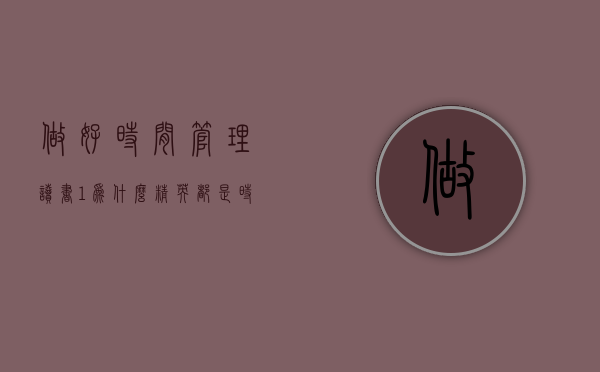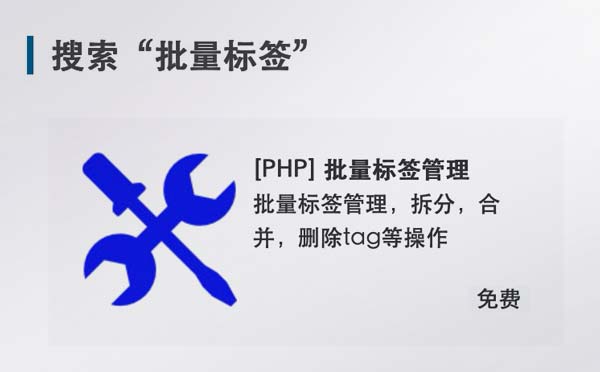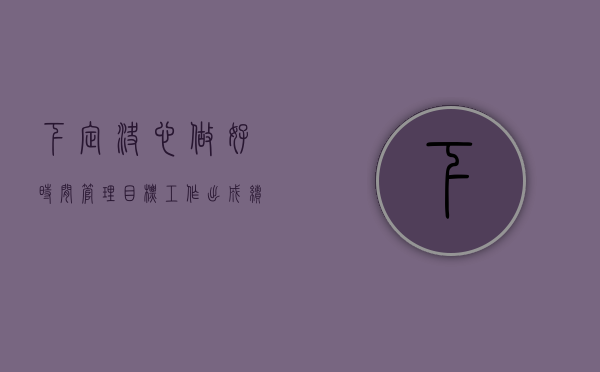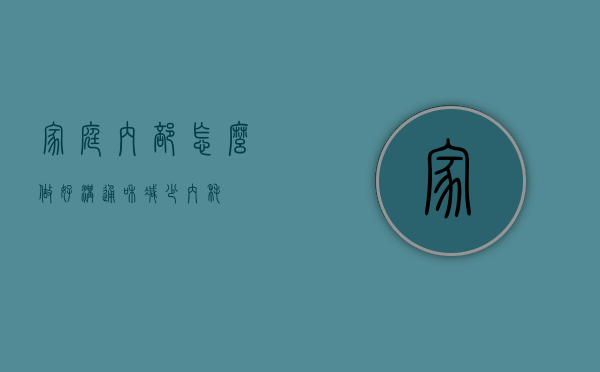Title: The Evolution of Packaging Design Websites: A Comprehensive Guide

Summary: This article explores the fascinating evolution of packaging design websites and their significance in the world of branding. It delves into the key factors that have shaped these websites, their impact on businesses, and provides insights for designers and marketers seeking to create compelling packaging designs.
Introduction:
Packaging design has always been a critical element in product marketing and brand identity. In the digital age, the emergence of packaging design websites has revolutionized the way designers showcase their work and connect with potential clients. This article highlights the evolution of these websites, from their humble beginnings to the dynamic platforms they are today.
1. The Emergence of Online Portfolios:
With the advent of the internet, packaging designers saw an opportunity to showcase their portfolios to a global audience. Online platforms provided a way to curate their work, highlight their expertise, and attract clients from around the world. As a result, packaging design websites started popping up, offering a centralized space for designers to exhibit their skills.
2. Interactive and User-Friendly Interfaces:
As competition among packaging design websites increased, the need for innovative and user-friendly interfaces became evident. Websites began incorporating interactive elements, such as animated graphics and 3D renderings, to engage visitors and provide an immersive experience. These features allowed designers to bring their designs to life and enabled clients to visualize the packaging in a realistic way.
3. Collaboration and Networking Opportunities:
Packaging design websites evolved beyond being mere portfolios. They transformed into vibrant communities where designers could collaborate, seek feedback, and network with industry professionals. Platforms introduced discussion forums, chat features, and networking opportunities, fostering a sense of community among designers and enabling them to learn from each other's experiences.
4. Integration of E-commerce Functionality:
Recognizing the potential for business growth, packaging design websites began incorporating e-commerce functionality. This allowed designers to monetize their work by selling pre-designed templates, custom packaging, or offering design consultations. Clients benefit from a seamless purchasing experience, selecting designers based on their style and expertise.
5. Analytics and Performance Tracking:
To stay competitive, packaging design websites started providing analytics tools to designers. These tools offer valuable insights into visitor behavior, allowing designers to optimize their portfolios and understand which designs resonate most with potential clients. By tracking performance metrics, designers can make data-driven decisions to enhance their marketability and attract more clients.
6. Mobile Optimization:
With the rise of mobile devices, packaging design websites adapted to provide optimal user experiences on smartphones and tablets. Responsive design and mobile optimization became crucial factors in ensuring that designers' work could be accessed and appreciated across various devices. This shift reflected the changing habits of clients and allowed designers to reach a wider audience.
Conclusion:
Packaging design websites have come a long way since their inception. They have transformed from simple online portfolios to dynamic platforms that foster collaboration, offer e-commerce opportunities, and provide valuable analytics. Designers and marketers can leverage these websites to showcase their skills, attract clients, and stay ahead in an increasingly competitive industry. The evolution of packaging design websites signifies their significance in shaping brand identities and contributing to the success of businesses worldwide.
Summary:
This article explores the evolution of packaging design websites, from online portfolios to vibrant communities of designers. It highlights the key features such as interactive interfaces, e-commerce integration, and analytics tools that have enhanced their functionality over time. Packaging design websites play a crucial role in showcasing designers' skills, fostering collaboration, and contributing to the success of businesses in the digital age.








发布评论